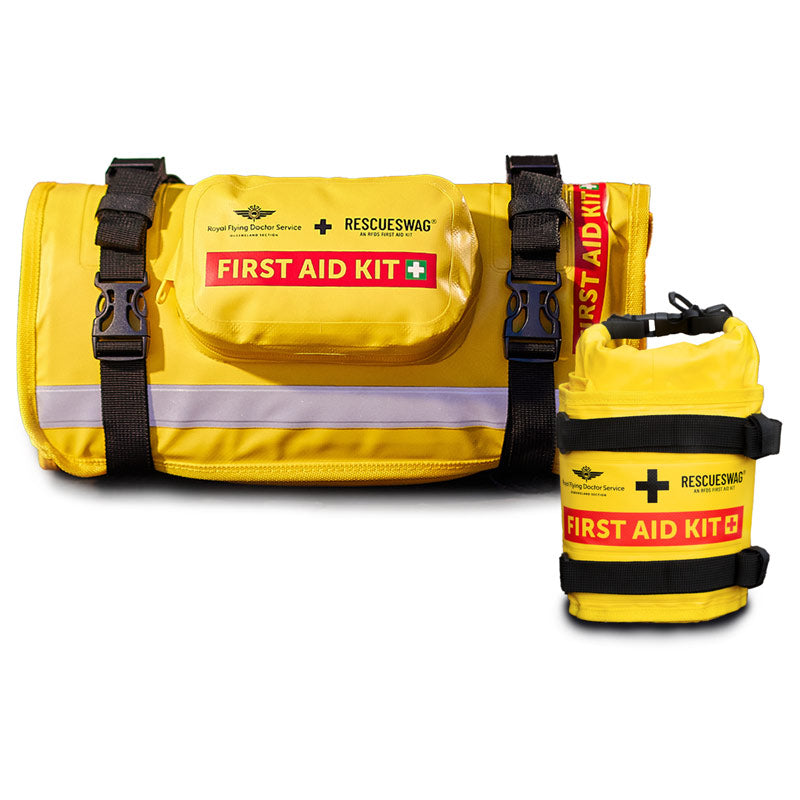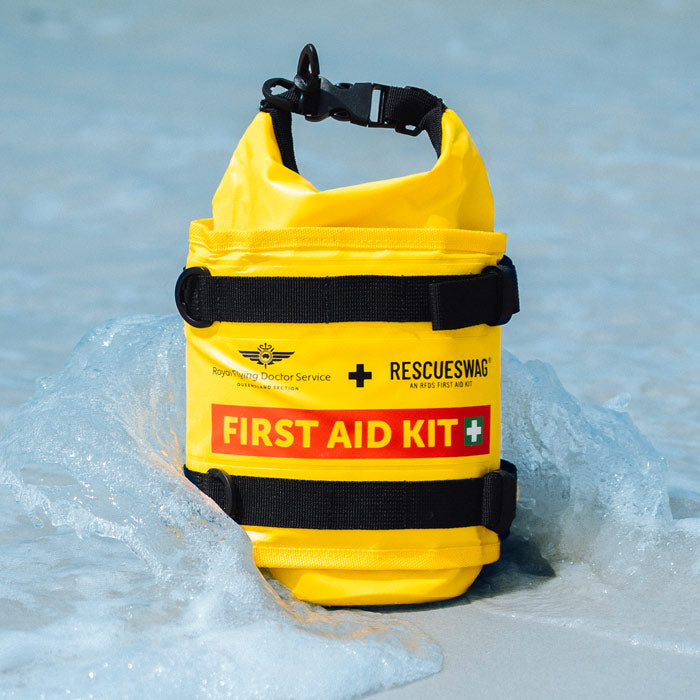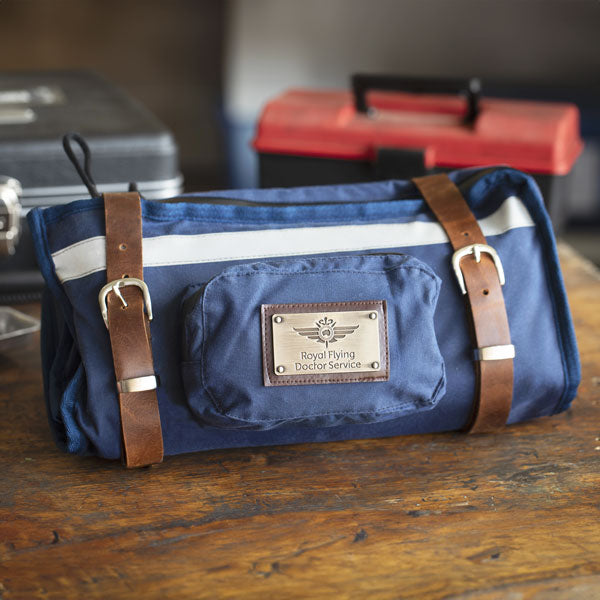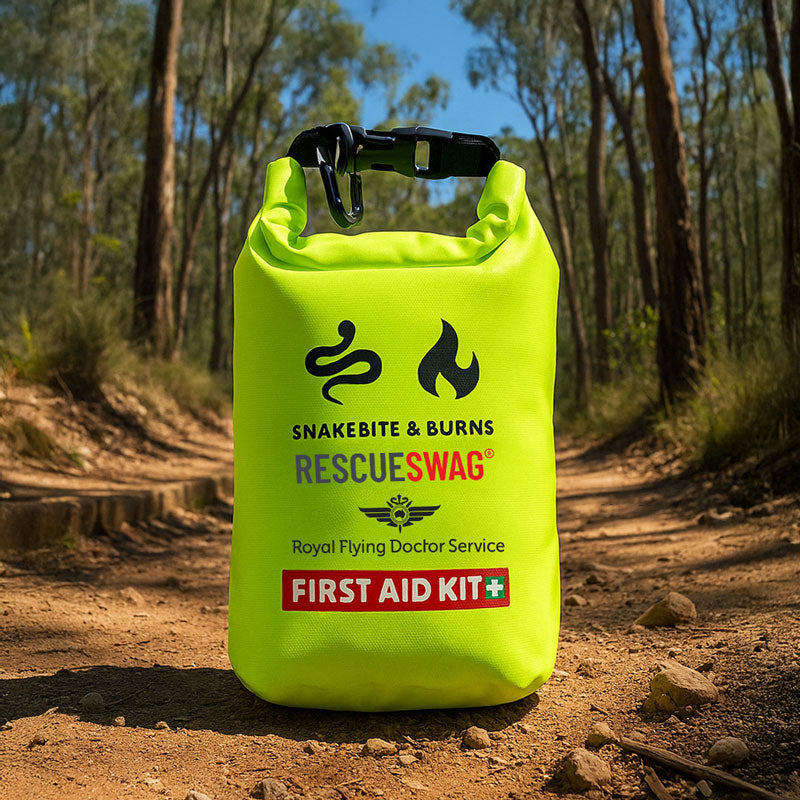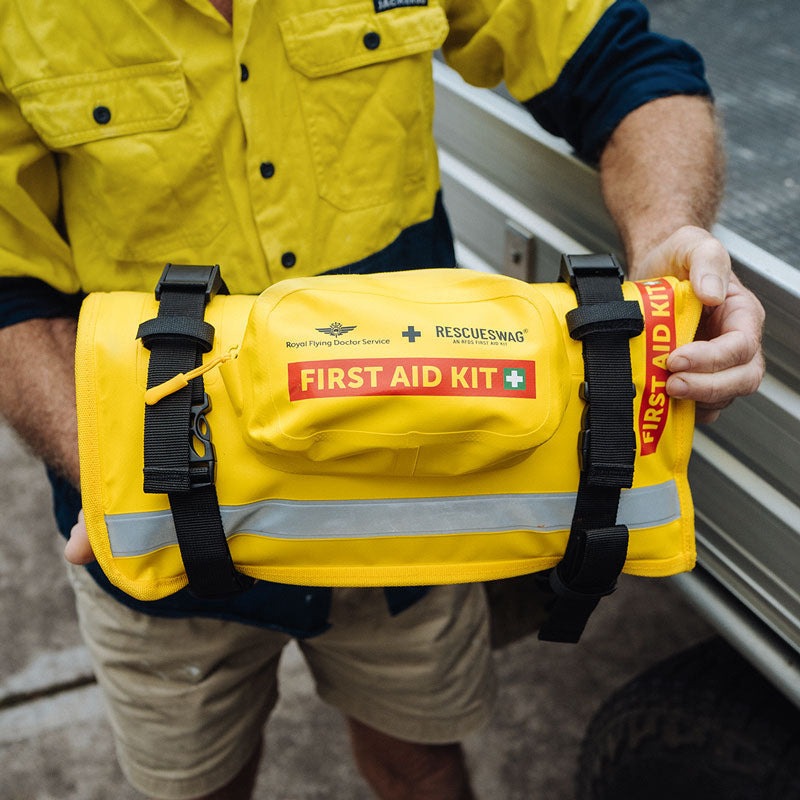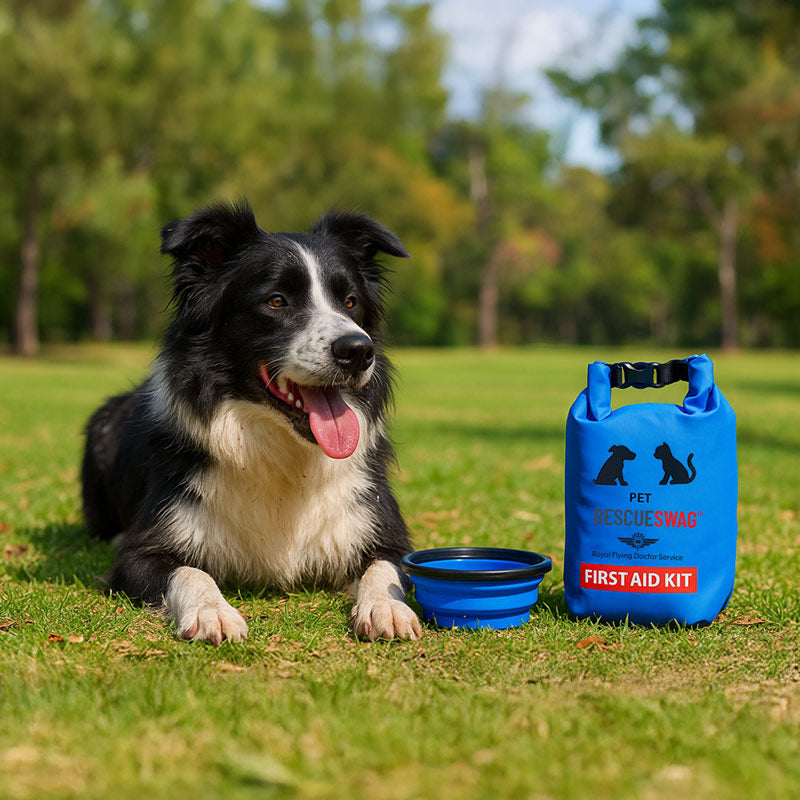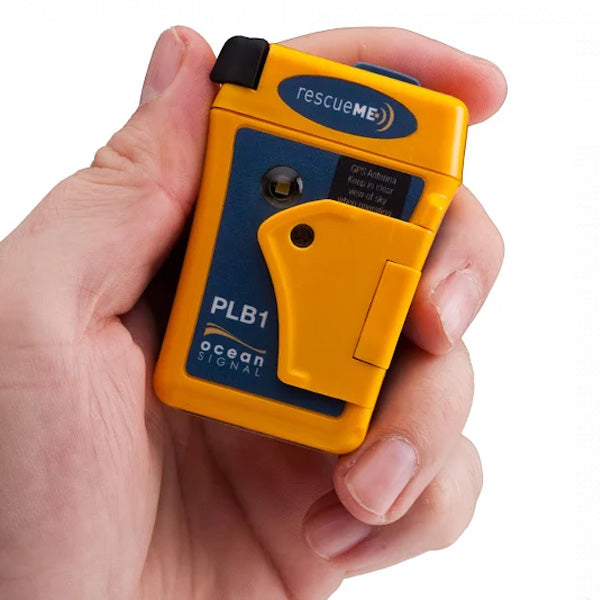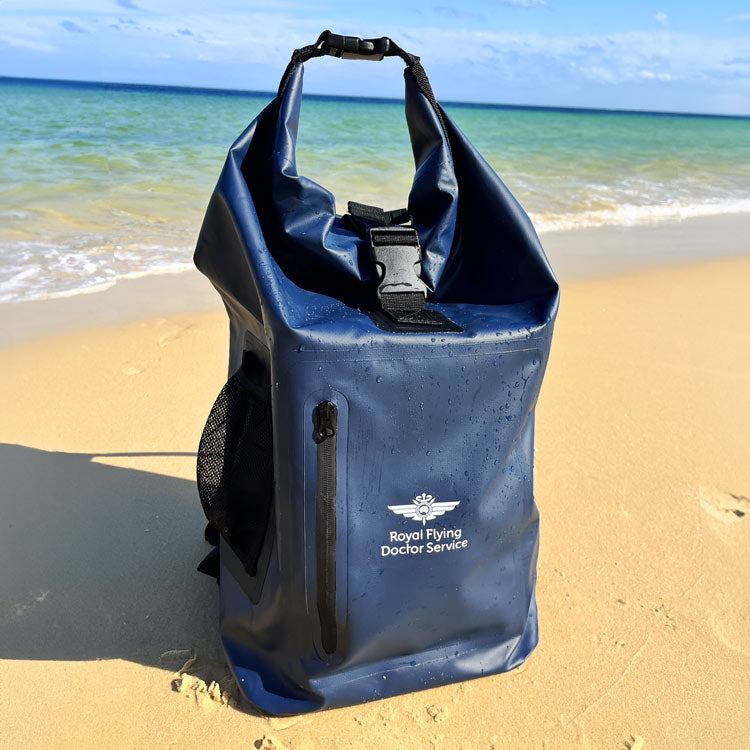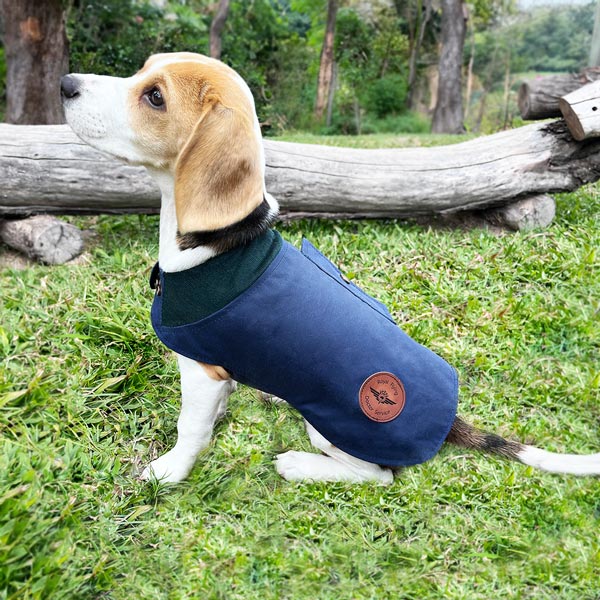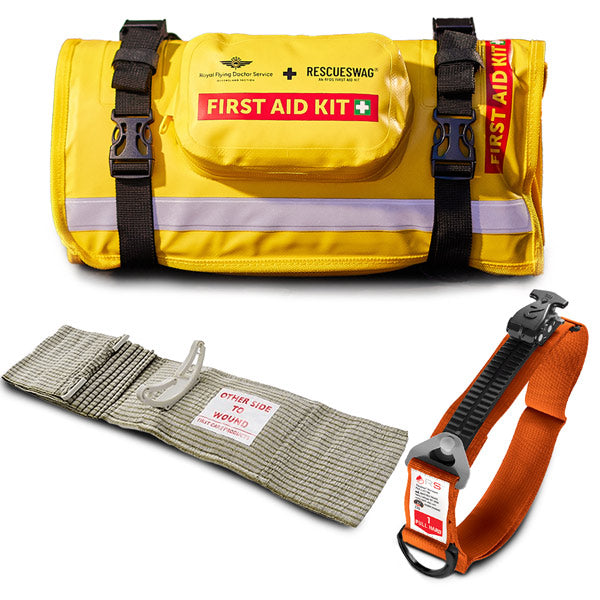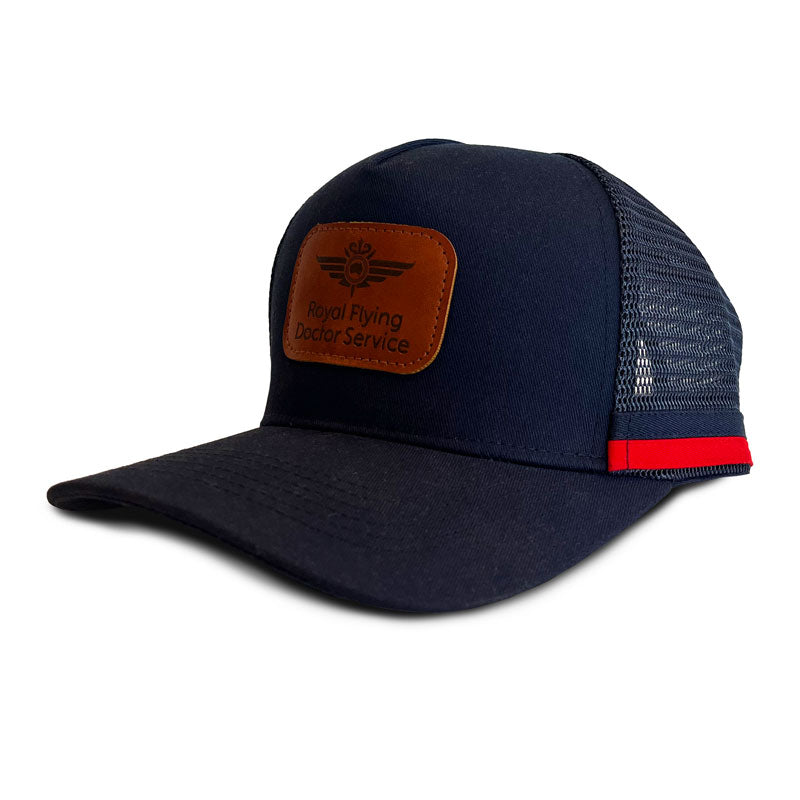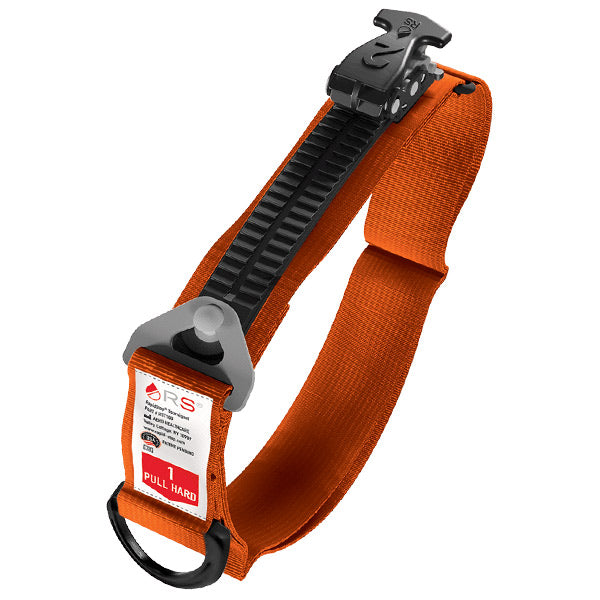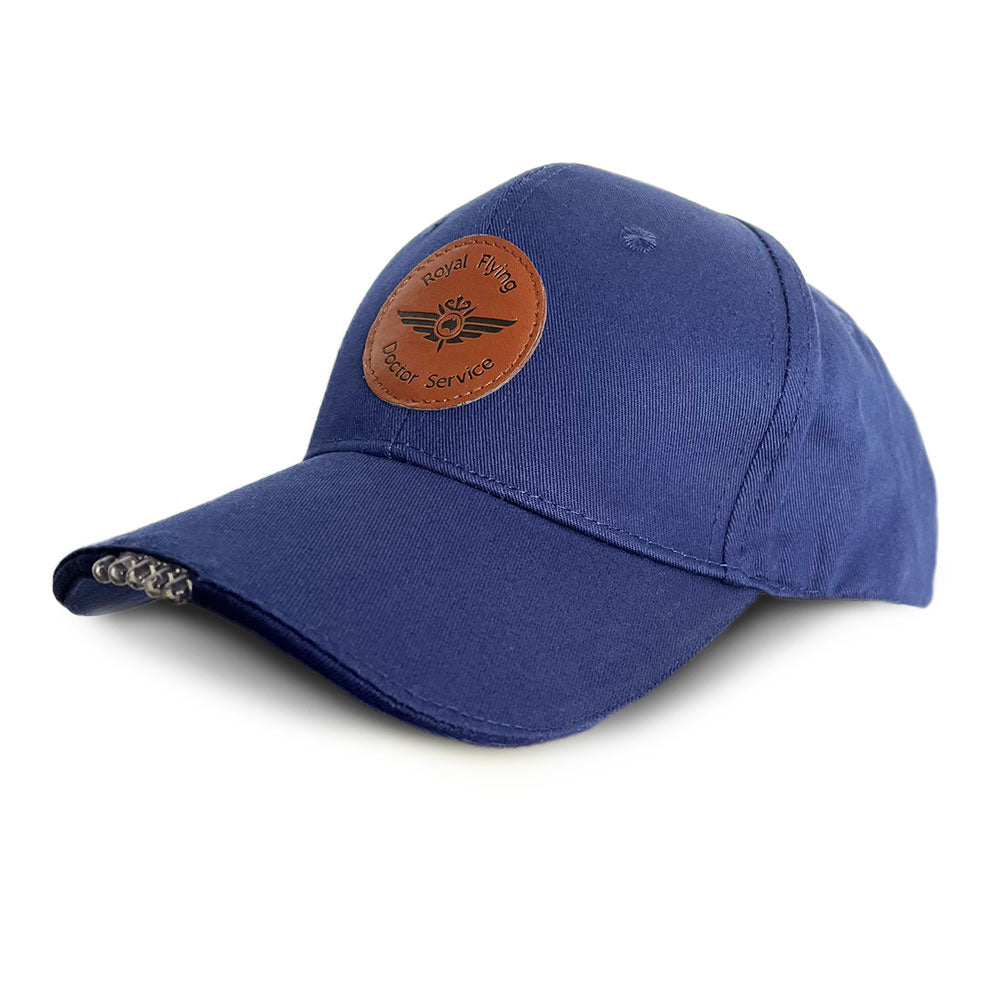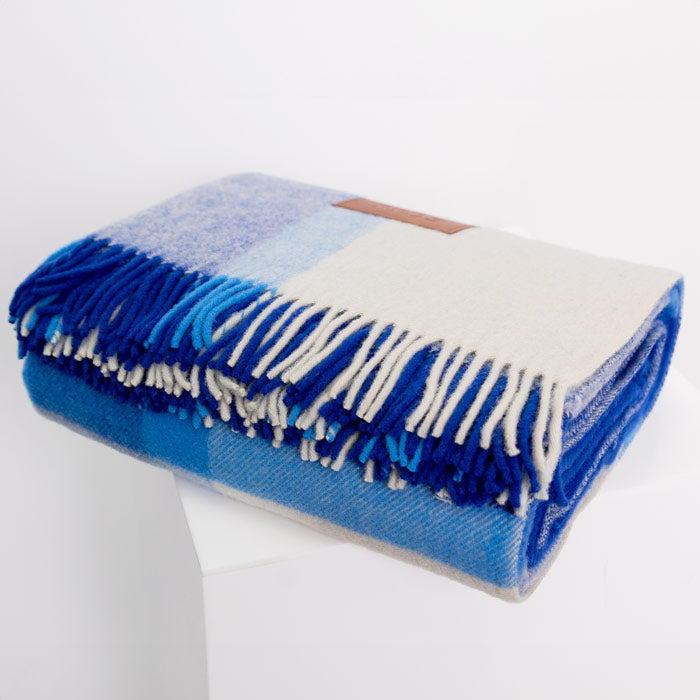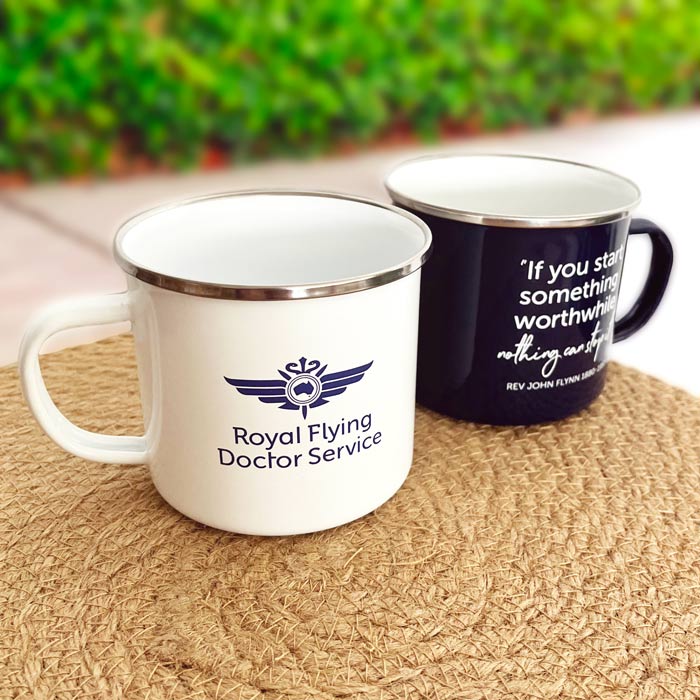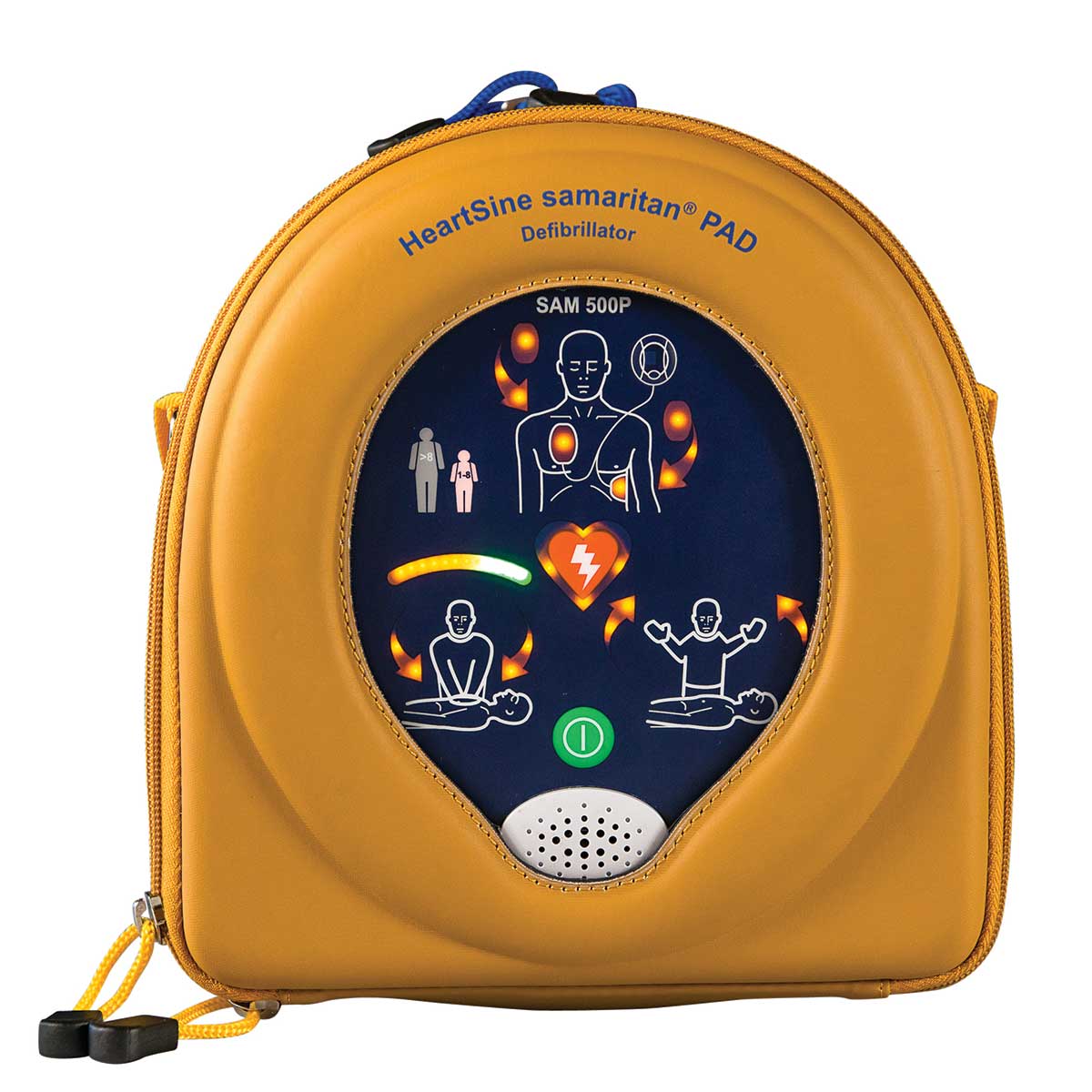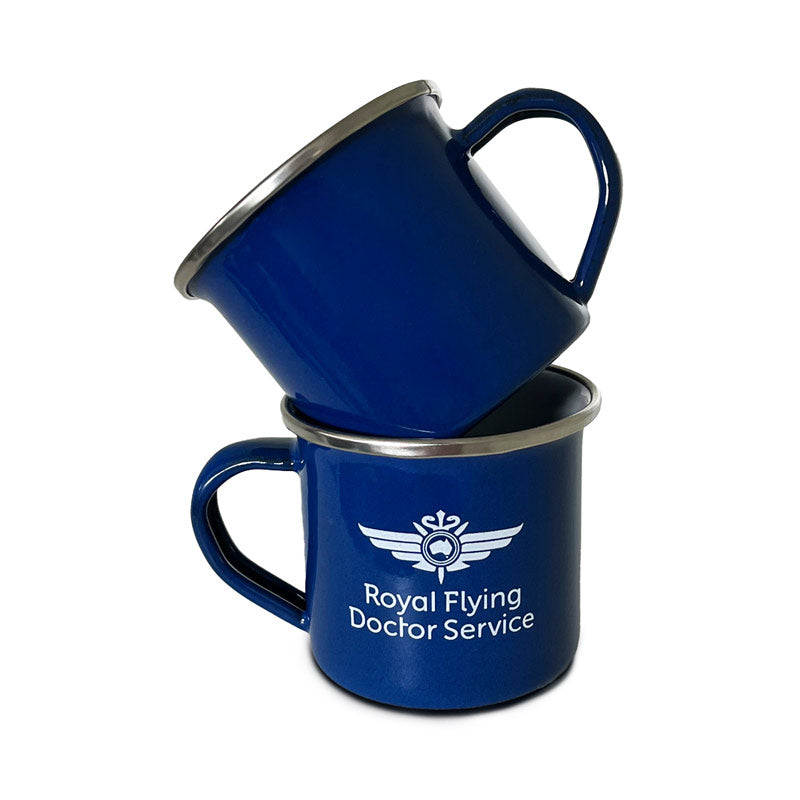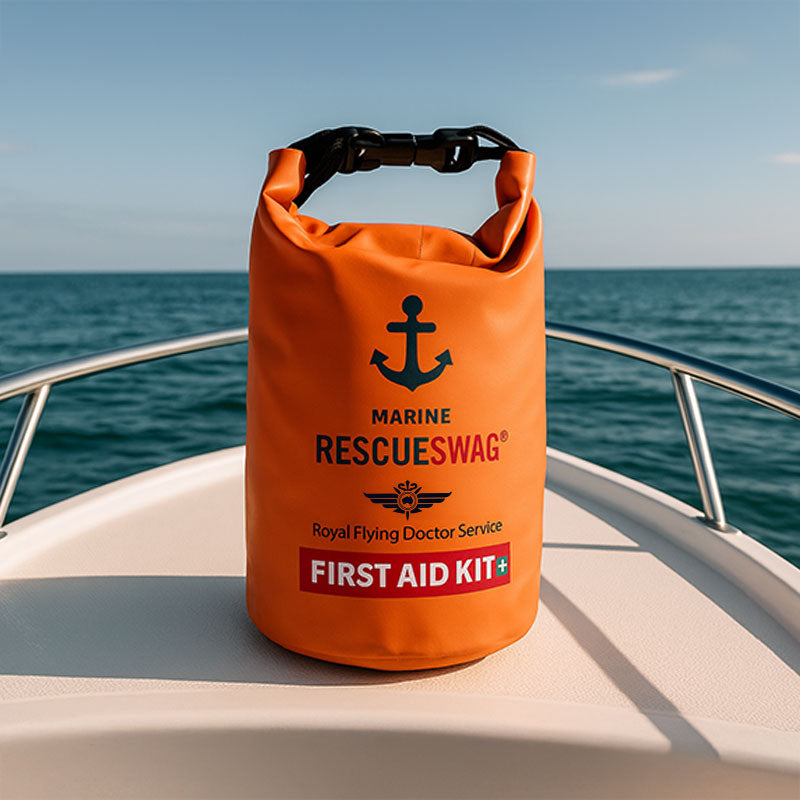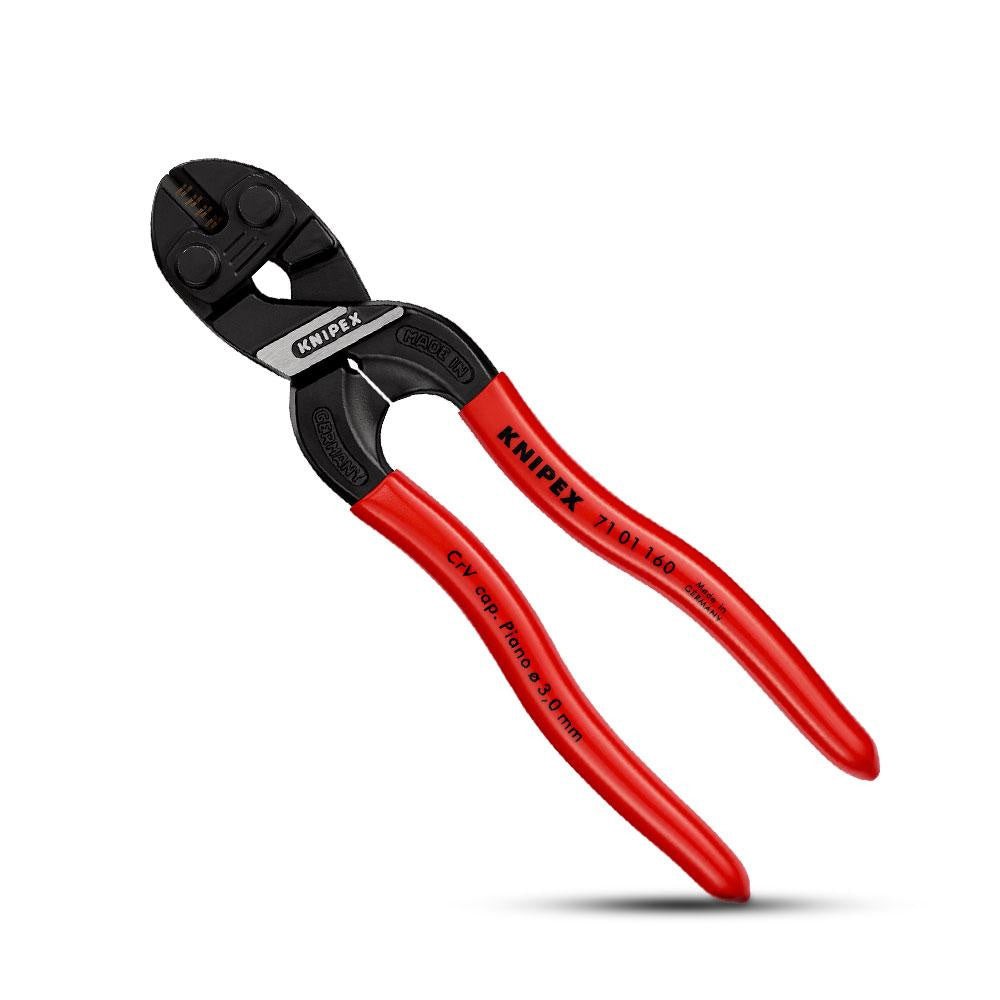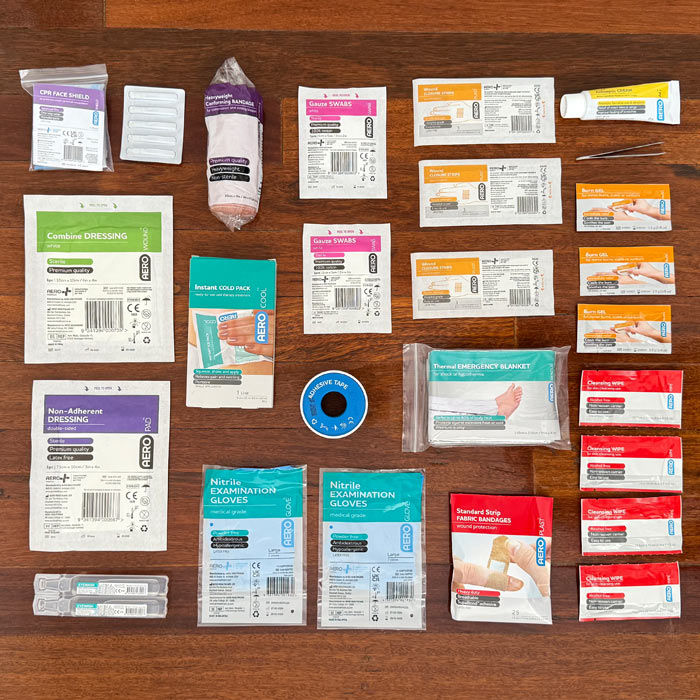Going for a drive is usually pretty straightforward - you hop in your car, cue up your favourite playlist, and hit the open road. Most of it is second nature - something you do every day on autopilot.
However, even the most careful drivers can suddenly find themselves blindsided by a fender bender or worse. It's simply statistics that we'll all find ourselves in such a situation at some point in our lives.
And when accidents happen, knowing how to respond can mean the difference between a minor annoyance and a major headache.
So, what should you do after a collision to protect yourself, assist others, follow proper procedures, and minimize any legal or financial impacts? We've compiled this comprehensive guide covering everything from checking for injuries to calling your insurance agent.
With some advanced preparation and by following these key steps during what's sure to be a stressful situation, you can get your bearings, handle the aftermath, and be back on the road again in no time - everything you need to make sure you know exactly what to do so you can handle a car accident safely, legally, and with confidence.
The Reality of the Road: Car Accident Statistics in Australia

Let's break down the key numbers (May 2023):
- Australia's road fatality rate per 100k population was 4.8 in 2024, an increase of 7.3% from 2022, amounting to 1,266 road-crash deaths. There were 61,500 people hospitalized between 2021 and 2022.
- There's been an 11.4% decrease in Australia's fatality rate from 2013-2022. But the average fatality rate reduction across peer countries was nearly double at 20.8%.
- Looking at deaths per 10k registered vehicles, Australia's 2022 rate of 0.57 put us in 13th place out of 24 nations. From 2013-2022, there was a 17.2% decrease. However, the overall decrease across our peer group was 25.6%.
- Our fatality rate per 100 million kilometres driven was 0.49 in 2022. Worryingly, this has only declined by 0.6% over the past 10 years. Comparatively, the median rate reduction was 8.1%.
The takeaway?
While a downward trend in accidents is good news, Australia lags behind global progress. Continued focus on preparation, safety practices and accident response will help reduce our rates further.
Being equipped for any situation can save lives.
Revisiting the Road: Understanding the Rise of Car Accidents
As we drive down the open roads, whether we're off to the shops or out on a road trip, it's easy to feel free and invincible.
We can go years without even coming close to an accident, but with the average person experiencing 3-4 accidents in their lifetime (plus the ones that happen around them), it'll happen at some point, which is why being prepared is so important.
It doesn't even matter if you're the most careful driver out there. If one drunk driver appears around a corner at high speeds, you'll be in the statistics.
That said, by understanding the most frequent causes of collisions, you can proactively prepare and potentially prevent these unwanted detours, reducing your risk and helping make the roads a safer place.
Common Causes of Car Accidents
-
Speeding: Putting pedal to metal may shave minutes off your ETA but also exponentially increases risk when reacting to sudden obstacles.
-
Distracted driving: Mobile devices and wandering thoughts disengage our focus from the road, unable to respond promptly to changing conditions.
-
Driving under the influence: Impaired judgment from alcohol or recreational substances slows reflexes and clouds sound decision-making.
-
Weather conditions: Mother Nature adds unpredictable variables to the journey from gentle mists to blinding whiteouts.
Potential Risks and Dangers
By addressing these common causes, we can mitigate:
-
More severe collisions and bodily harm
-
Increased vehicle and infrastructure damage
-
Emotional trauma like anxiety, regret, and self-blame
The Power of Preparation
Advance planning is key for managing the unpredictable. It allows us to:
-
Swiftly respond in emergencies.
-
Minimize additional damage or injuries.
-
Rely on critical safety systems already in place.
-
Regain personal agency in chaotic situations.
Remember, small actions today can prevent huge headaches tomorrow. With vigilance, knowledge and proactive safety habits, we can handle detours with grace.
Take the Driver's Seat: What to Do in a Car Accident
Let's say you find yourself in an accident. In those initial moments, it's natural to feel shaken up and overwhelmed. It's stressful, and the present moment can feel like a bit of a blur. And that's assuming the other driver isn't causing problems.
However, take a deep breath - being in control here will change everything, both in the way you are in the moment and whatever situation comes next. Staying focused on the critical next steps can empower you to handle the situation and get your bearings.
Let's walk through the key actions to take to protect all parties, gather vital information, follow proper procedures, and access helpful resources.
Secure the Scene
Safety first. Consider:
-
Check all passengers for injuries involved in the accident. If safe, exit vehicles to prevent further harm. Make sure you're standing in a safe position where you're not in danger of other cars becoming involved.
-
Use hazard lights to alert other drivers involved and prevent secondary accidents. Ensure there's room for a tow truck or emergency assistance to get to you.
-
If there are major injuries or entrapments, call emergency services immediately for police assistance.
Exchange Personal and Insurance Details
To get the claims process started:
-
Trade the car insurance provider and contact details of all other drivers, witnesses and other parties involved or in the area, capturing policy and phone numbers. Avoid assigning blame. You'll make the claims process easier when you have more information you have to work with.
-
If the driver refuses to share information, take photos of what you can from a safe location and contact the police. Make it clear in the police report that the driver involved refused.
-
Note the make, model and registration number of all vehicles involved. Take photos of the damages and the crash site itself. This includes any corners, lines on the road, or street signs.
Report the Incident
Follow official protocols:
-
Call the police and notify them of any injuries, deaths or major property damage per Australian law. Even for a minor car accident, calling the police ensures there is legally binding documentation on the case and what happened. To not call the police can create a reason that you were responsible and adds to your liability.
-
Contact your car insurance policies provider ASAP to expedite potential payouts and car repairs/replacements.
Access Additional Support
Tap experts to protect your wellbeing:
-
Seek medical care after the rush wears off - some injuries show up later.
-
Consult a lawyer to understand your rights and liabilities based on fault, local laws.
Process Emotionally
Being involved in a car insurance claim can be rough, especially when it can take such a physical and mental toll. Take time to recover in all ways, whether days, weeks, months, or even years. Never underestimate the toll a fatal accident can have as well, even if you're not directly involved.
-
Seek counselling if you experience trauma, anxiety about driving, or other emotional impacts.
-
If comfortable, share your story to help others prevent similar accidents. Knowledge is everything when it comes to making the roads safer.
Plan Ahead
We'll cover this a little more later, but being prepared can mean a lot when it comes to being involved in a car accident and handling your response. Smoothing the way through preparation:
-
Keep your license, registration and insurance card accessible in your car.
-
Store a first aid kit, flares, phone charger and other safety essentials on board.
-
Have emergency contacts and trusted service providers on hand if needed.
Staying solution-focused is key. With quick response, sound judgment and access to help, you'll be back on your journey in no time.
Steering to Safety: How to Prepare Your Vehicle for Potential Accidents

When expecting the unexpected on the road, proper planning and preventative care are key. While you can't prepare for everything, you absolutely must ensure you're taking control of what you can.
The more proactive you are, the less risk you'll have, both in terms of maintaining your vehicle diligently and having key items on hand.
Regular Vehicle Checks and Maintenance
Regular maintenance of your car is essential to reduce the risk of accidents. Ensure that your vehicle is always in top-notch condition by following these general advice practices:
-
Tyres: Check for adequate tread depth, correct tyre pressure, and any signs of visible damage.
-
Brakes: Ensure the brakes function optimally and are free from wear or tear.
-
Fluid levels: Regularly check the levels of engine oil, coolant, brake fluid, and power steering fluid.
-
Lights and mirrors: Inspect all exterior lights and mirrors to make sure they're in working order.
-
Windshield wipers: Ensure that your wipers are functioning correctly and can clear your windshield effectively during adverse weather conditions.
Staying diligent with your vehicle's maintenance can go a long way toward accident prevention.
Essential Items to Carry in Your Car
Equip your car with these essential items to manage unexpected situations more effectively:
-
First-aid kit: Stock a comprehensive first-aid kit for any injuries resulting from an accident.
-
Reflective warning triangles or hazard lights: Use these to signal and create a safety perimeter around the accident scene.
-
Fire extinguisher: In the event of a fire, having an extinguisher handy could save lives and property.
-
Jumper cables: Dead batteries happen; always be ready to get back on the road.
-
Tow strap or rope: If your vehicle breaks down, you'll be prepared for a tow.
-
Flashlight: A must-have for nighttime emergencies or visibility issues.
-
Blankets or emergency thermal blankets: These can keep you and your passengers warm during cold situations or provide temporary shelter.
-
Non-perishable food and water: Stock up for unforeseen circumstances that may leave you stranded for extended periods.
By keeping your vehicle tuned up and ready for action, plus having key gear on hand, you'll be prepared to handle roadside emergencies promptly and minimize any resulting damage or injuries. Expect the unexpected and plan accordingly!
Band-Aids, Bandaids: The Importance of Having a First Aid Kit
While we've spoken about having a comprehensive car insurance policy, taking stock of how to handle major damage, and how you need to exchange details with the other driver and so on, so many modern drivers overlook the importance of one of the simplest essentials.
The first aid kid.
Whether you're directly involved in a car accident or witness a minor car accident, having and being able to use a first aid kit could, quite literally, save somebody's life. Now consider this in a situation where a child or elderly person is involved, and you'll quickly understand why this is so important.
And how many people have first aid kits in their car that you know of?
Here's what you need to know.
The First Line of Defence
Accidents strike suddenly, but being prepared can help ease tension and prevent any aggravation of injuries. A well-stocked first aid kit:
-
Acts as a first responder to manage minor injuries and wounds
-
Provides tools to perform life-saving measures, such as CPR or securing a compromised airway
-
Reduces the panic factor by showcasing a sense of control and provides solutions during a stressful time
Your First Aid Kit Checklist
There are endless items to consider, but here's a curated list of essentials:
-
Adhesive bandages for minor cuts and blisters
-
Sterile gauze pads and medical tape to combat more significant wounds
-
Antiseptic wipes and antibacterial ointment to keep germs at bay
-
Sterile gloves to minimize the risk of infection during handling
-
CPR face shield with a one-way valve to protect everyone involved
-
Tweezers for splinter removal or adjusting bandages
-
Scissors to cut tape, gauze, or clothing for better access to injuries
-
Instant ice packs for swelling reduction and soothing burns
-
Allergy medications, such as antihistamines or an EpiPen, to combat any allergic reactions
-
Pain relievers like ibuprofen, acetaminophen, or aspirin to manage pain and inflammation
-
Emergency blanket to keep the injured party warm and calm
How to Use Your First Aid Kit
Mastering the items in your first aid kit is crucial; here are a few key tips:
-
Follow the instructions provided in the kit or on individual products.
-
Familiarize yourself with basic first aid and CPR techniques. A local first aid course can work wonders!
-
Practice makes perfect! Regularly review your kit's items and be aware of their purposes.
Your first aid kit equips you with the foundation for immediate medical assistance. In times of crisis, it can make the difference between a mild inconvenience and a life-altering circumstance - all while providing peace of mind on the road.
Product Spotlight: Premium Adventurer Rescue Swag
When adventure calls, being ready for whatever comes your way is key - especially out on the open roads. Enter the Premium Adventurer First Aid Kit, the ultimate sidekick for handling injuries and emergencies while on the go.
This all-in-one, compact rescue package is specially designed for outdoor enthusiasts who need hardworking supplies that can withstand the elements. The durable, waterproof carrying case keeps the contents protected whether stashed in your car, RV, boat or camper.
Don't let the kit's portable size fool you - it's loaded with medical must-haves to address cuts, sprains, burns, snake bites and other common accidents. The thoughtful assortment ensures you have the vital tools needed following a collision or roadside crisis.
Other handy highlights:
-
Australian made wax cotton outer swag
-
Weighs only 1.6 kg for easy portability
-
Customizable to hold personal medications
-
Fits perfectly into car consoles or storage spaces
While hopefully never needed, the Premium Adventurer First Aid Kit brings confidence, knowing you can quickly respond to medical situations on your travels. Now discover new horizons, get off the beaten path, and journey forth without compromise - this rugged companion has your back!
Conclusion
When expecting the unexpected out on the open roads, proper planning and preventative care are key. By maintaining your vehicle diligently, having emergency essentials on hand, and knowing how to respond at the moment, you can handle life's little detours with confidence.
Of course, the ideal is to avoid accidents altogether through smart driving habits.
But also be empowered knowing you have control over your readiness and response. Perform consistent maintenance to keep your car road-ready, stock up on vital emergency items like a protective first aid kit, understand the next steps should the worst occur, and access helpful resources as needed afterward.
Looking for more ways to protect yourself and your loved ones while out in the world?
Check out our fantastic range here at Rescue Swag. Here's to smooth sailing ahead!



